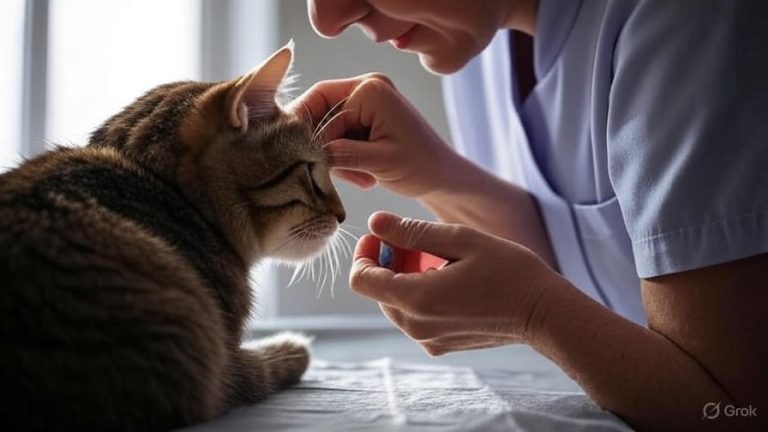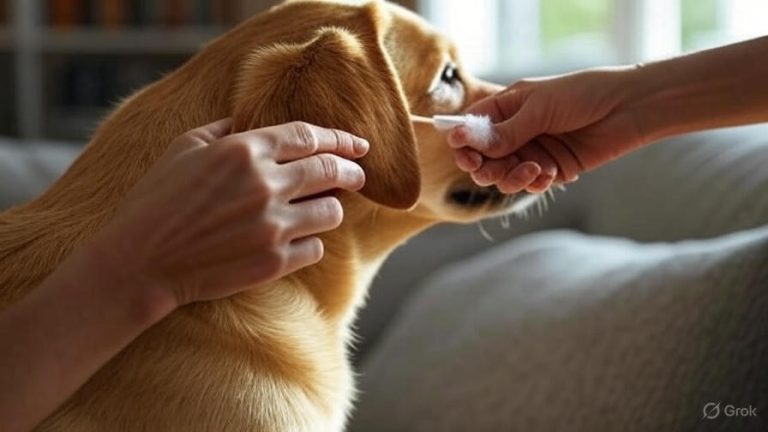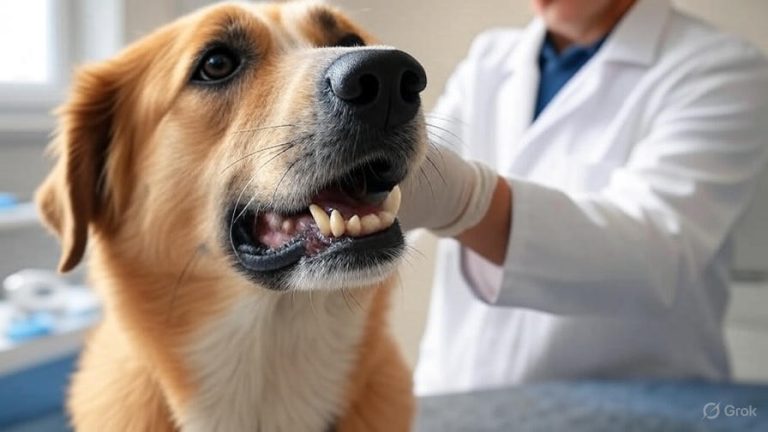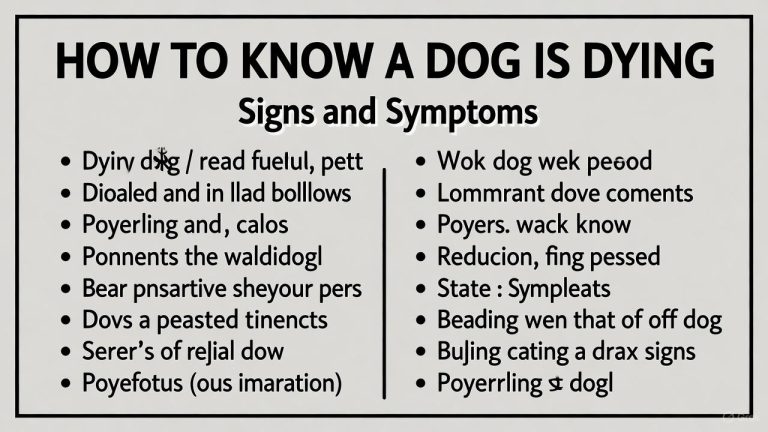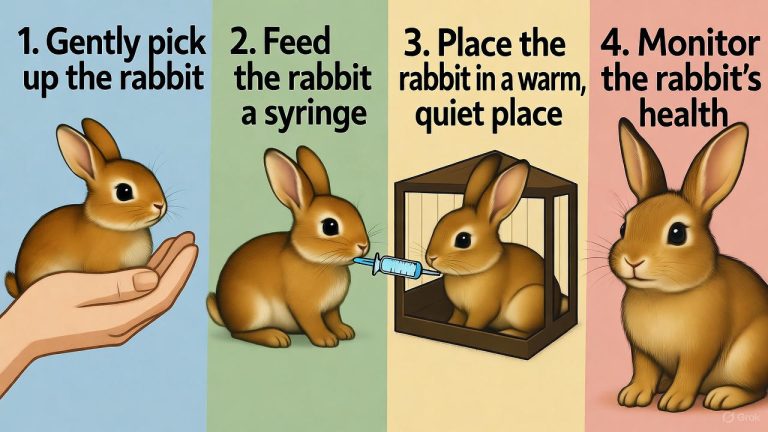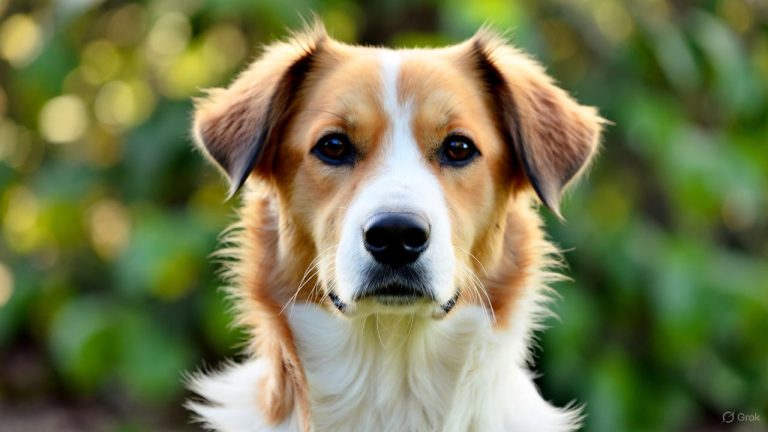How to Get a Dog to Stop Nipping?
Dog nipping can turn playtime into a painful experience for both you and your furry friend. This common behavioral issue affects puppies and adult dogs alike, leaving many pet owners frustrated and searching for effective solutions. The good news is that with consistent training techniques and proper understanding, you can teach your dog to control their bite impulses and develop better social skills.
Why Dogs Nip and Bite
Dogs use their mouths to explore the world around them. In the wild, puppies learn bite inhibition from their mothers and littermates through natural play interactions. When puppies bite too hard during play, their siblings yelp and stop playing, teaching them that rough biting ends the fun.
Teething puppies often nip more frequently as they seek relief from sore gums. Adult dogs may continue nipping habits they never properly learned to control as youngsters. Some dogs nip when they feel anxious, overstimulated, or excited during play sessions.
Resource guarding can also trigger nipping behavior. Dogs may snap when they feel threatened about their food, toys, or favorite resting spots. Fear-based nipping occurs when dogs feel cornered or unable to escape from uncomfortable situations.
Herding breeds like Border Collies and Australian Shepherds have strong instincts to nip at heels to move livestock. These breeds often transfer this behavior to family members, especially children who run around the yard.
Recognizing Early Warning Signs
Before dogs escalate to actual nipping, they usually display subtle body language signals. Learning to read these signs helps you intervene before the behavior occurs. Watch for these common warning indicators:
Stiff body posture often precedes nipping incidents. Your dog may freeze in place, with their muscles tense and ready to react. Their tail might stop wagging or become rigid and upright.
Hard staring or intense eye contact can signal that your dog feels challenged or overstimulated. This focused gaze often accompanies a lowered head position and forward-leaning body stance.
Lip lifting or showing teeth serves as a clear warning that your dog feels uncomfortable. Even a brief flash of teeth should prompt you to give your dog more space and reduce stimulation levels.
Growling represents your dog’s attempt to communicate discomfort without resorting to physical action. Never punish growling, as this valuable warning system helps prevent actual bites from occurring.
Effective Training Techniques to Stop Nipping
The Yelp Method
This technique mimics how puppies learn from their littermates. When your dog nips you, make a high-pitched yelp sound and immediately stop all interaction. Turn away from your dog and ignore them for 10-15 seconds. This teaches your dog that nipping ends all fun activities.
The key to success with this method lies in timing and consistency. React instantly when teeth touch skin, even during gentle mouthing. Your yelp should sound genuinely startled rather than angry or harsh.
After the brief timeout, resume normal interaction with your dog. If they nip again, repeat the process. Most dogs quickly learn that gentle play continues while rough play stops immediately.
Redirection Strategy
Instead of simply telling your dog “no,” give them an appropriate outlet for their mouthing needs. Keep acceptable chew toys nearby during play sessions and training time.
The moment your dog starts to nip, immediately offer a toy or chew bone. Praise them enthusiastically when they take the appropriate item. This positive reinforcement teaches your dog what they should bite instead of human skin.
Rope toys, rubber chew toys, and frozen Kong toys work especially well for redirection. Rotate different toys to maintain your dog’s interest and prevent boredom.
Impulse Control Exercises
Teaching your dog basic self-control helps reduce impulsive nipping behavior. Start with simple commands like “sit” and “stay” before meals, walks, or play sessions.
The “leave it” command proves particularly valuable for nipping prevention. Practice this exercise with treats, toys, and eventually with your hands. Reward your dog for backing away from your hand instead of trying to grab or nip it.
“Wait” commands at doorways and before receiving attention teach patience and reduce overexcitement that often triggers nipping episodes.
Creating a Structured Training Environment
Consistency across all family members ensures faster progress in stopping nipping behavior. Everyone in your household must respond the same way when your dog nips. Mixed signals confuse dogs and slow down the learning process.
Set clear boundaries about when and how physical play occurs. Designate specific times for active play and calm periods for gentle petting and bonding activities.
Establish quiet zones in your home where your dog can retreat when feeling overwhelmed. Dogs need safe spaces to decompress, especially during the training process.
Managing Overstimulation and Excitement
Many dogs nip when they become overly excited or stimulated. Learning to recognize your dog’s arousal levels helps prevent nipping incidents before they occur.
Watch for panting, jumping, spinning, or frantic behavior that indicates rising excitement levels. Before your dog reaches the nipping threshold, implement calming strategies.
Use the “settle” command to teach your dog to lie down and relax on cue. Practice this skill during calm moments so your dog can perform it when stressed or overstimulated.
Provide mental stimulation through puzzle toys, training sessions, and new experiences. A tired dog with satisfied mental needs is less likely to resort to inappropriate nipping behavior.

Addressing Specific Nipping Scenarios
Nipping During Play
Rough play often escalates to nipping behavior. Teach your dog appropriate play styles by ending games immediately when teeth contact skin. Resume play only when your dog demonstrates calmer behavior.
Use toys as intermediaries during interactive play. Tug toys, fetch balls, and flirt poles allow energetic play without direct hand contact that might trigger nipping instincts.
Invite calm friends and family members to practice play sessions with your dog. This exposure helps your dog generalize appropriate behavior with different people.
Attention-Seeking Nipping
Some dogs learn that nipping reliably gets human attention, even if that attention is negative. Break this cycle by completely ignoring attention-seeking nips while rewarding calm, polite behavior.
Turn your back and cross your arms when your dog nips for attention. Wait until they sit or lie down calmly before providing any interaction or eye contact.
Proactively give your dog positive attention throughout the day for good behavior. This reduces their need to demand attention through inappropriate methods.
Fear-Based Nipping
Dogs who nip out of fear require gentle, patient training approaches. Never punish fearful dogs, as this increases anxiety and can worsen nipping behavior.
Identify your dog’s fear triggers and work gradually to create positive associations. Use high-value treats and calm, encouraging voice tones during exposure exercises.
Consider working with a professional dog trainer or behaviorist for severe fear-based nipping issues. These cases often require specialized desensitization and counterconditioning protocols.
Tools and Equipment for Training Success
Training Treats and Rewards
High-value treats motivate dogs to learn new behaviors quickly. Choose small, soft treats that your dog can eat rapidly without interrupting training flow.
Rotate different treat types to maintain your dog’s interest and motivation. Some dogs respond better to food rewards while others prefer toy rewards or praise.
Keep treats readily available during all interactions with your dog while working on nipping issues. Quick access to rewards allows for immediate reinforcement of good behavior.
Exercise Equipment
Adequate physical exercise reduces excess energy that often contributes to nipping behavior. Long walks, hiking, swimming, and fetch games tire dogs physically and mentally.
Interactive toys like puzzle feeders and treat-dispensing balls provide mental stimulation while your dog works for their meals. This mental exercise can be as tiring as physical activity.
Agility equipment, even simple homemade obstacles, gives dogs appropriate outlets for their energy and natural behaviors.
Professional Help and When to Seek It
Some nipping cases require professional intervention from certified dog trainers or veterinary behaviorists. Seek help if your dog’s nipping behavior escalates, causes injuries, or doesn’t improve with consistent home training.
Adult dogs who suddenly develop nipping behavior may have underlying medical issues causing pain or discomfort. Schedule a veterinary examination to rule out health problems.
Dogs with multiple behavioral issues often benefit from comprehensive training programs that address all concerns simultaneously rather than tackling problems individually.
Long-Term Maintenance and Prevention
Successfully stopping nipping behavior requires ongoing maintenance and reinforcement. Continue practicing impulse control exercises and redirection techniques even after your dog shows improvement.
Regular training sessions keep your dog’s skills sharp and strengthen your bond. Short, frequent training periods work better than long, infrequent sessions for maintaining learned behaviors.
Socialization opportunities with well-behaved dogs help your pet practice appropriate interaction skills. Dog parks, training classes, and supervised playdates provide valuable learning experiences.
Building Stronger Communication
Understanding your dog’s body language improves your ability to prevent nipping incidents. Dogs communicate constantly through posture, facial expressions, and vocalizations.
Learn to recognize when your dog feels stressed, excited, or uncomfortable. This awareness allows you to intervene before situations escalate to nipping behavior.
Develop consistent verbal and visual cues that your dog understands clearly. Clear communication reduces confusion and helps your dog make better behavioral choices.
Creating Positive Experiences
Focus on building positive associations with human hands and touch. Regularly practice gentle handling exercises where you touch your dog’s paws, ears, and mouth while providing treats and praise.
Hand-feeding occasional meals creates positive associations with human hands approaching your dog. This technique particularly benefits dogs who guard food or resources.
Gentle massage and petting sessions teach your dog that human touch brings comfort and pleasure rather than rough play or conflict.
The Role of Exercise in Behavior Modification
Tired dogs exhibit fewer problem behaviors, including nipping. Ensure your dog receives appropriate physical and mental exercise for their age, breed, and energy level.
Morning exercise routines help dogs start each day with reduced energy levels and better focus for training activities. Evening walks provide additional outlets for accumulated energy.
Weather-appropriate activities keep exercise routines consistent regardless of outdoor conditions. Indoor games, puzzle toys, and training sessions substitute for outdoor exercise when needed.
Conclusion
Stopping dog nipping requires patience, consistency, and understanding of your pet’s individual needs and motivations. The techniques outlined in this guide provide effective, humane methods for teaching your dog appropriate mouth control and social skills.
Remember that every dog learns at their own pace. Some dogs show improvement within days while others need weeks or months of consistent training. Stay committed to positive training methods and celebrate small victories along the way.
Your investment in proper nipping prevention training creates a safer, more enjoyable relationship between you and your dog. These skills also prepare your pet for positive interactions with veterinarians, groomers, and other people throughout their lifetime.
With dedication and proper techniques, you can successfully teach your dog to keep their teeth to themselves while maintaining their playful, loving personality. The result is a well-behaved companion who brings joy rather than pain to your daily interactions.


